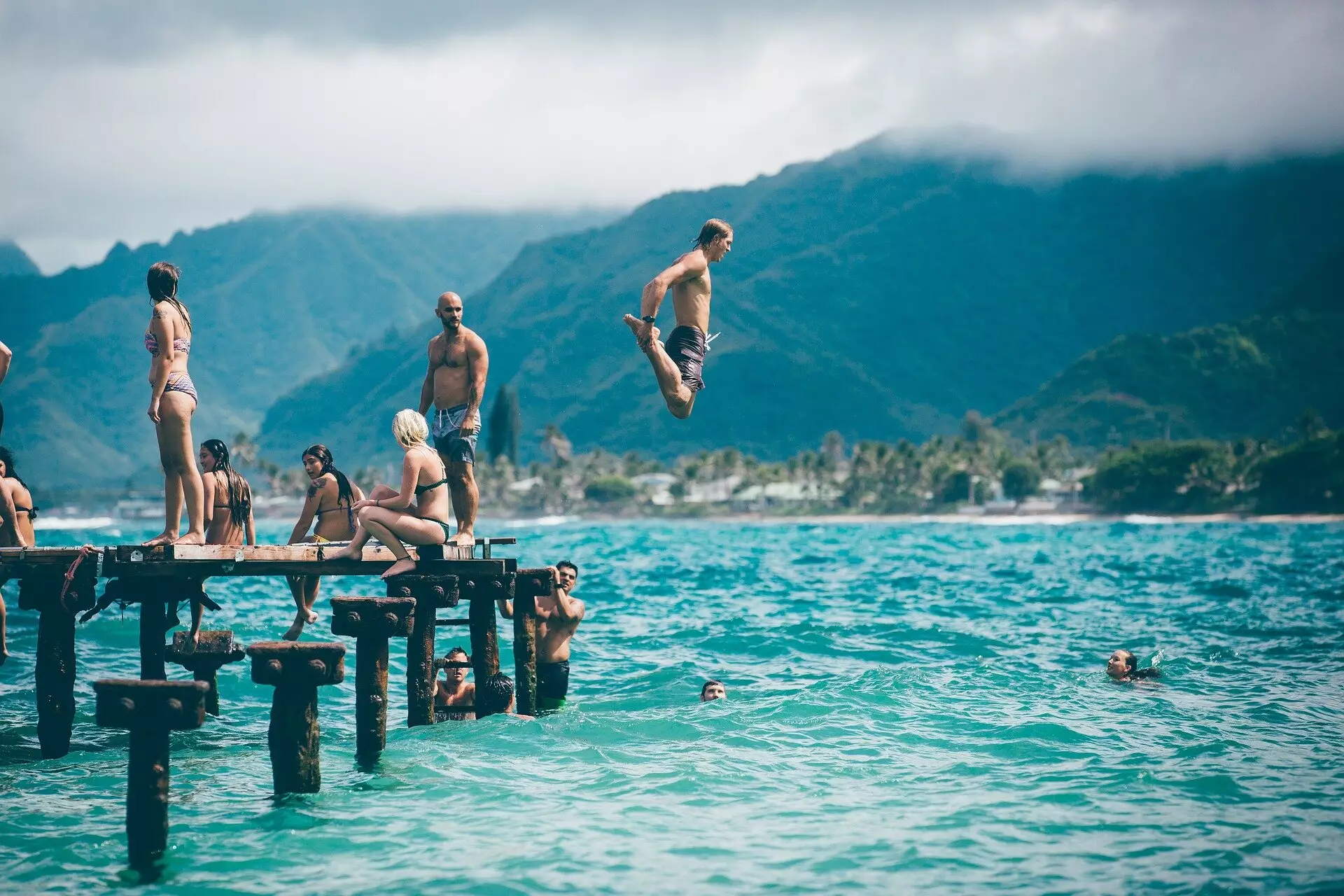Labor Day weekend often signifies the end of summer for many, drawing crowds to rivers and streams for some last-minute fun in the sun. However, new research conducted by experts at Johns Hopkins University reveals a less understood side of this festive activity: the adverse effects recreational fun has on local waterways. This article explores the implications of such cherished outdoor activities on the health of our water systems, highlighting the chemical cocktail that swims alongside summer revelers.
The Findings
The recent study published in ACS ES&T Water represents the most comprehensive analysis of how recreational activities influence stream ecosystems. Scientists, led by environmental health and engineering expert Carsten Prasse, conducted water sample analyses from Clear Creek, a favored tubing destination in Golden, Colorado, during the bustling Labor Day weekend of 2022. Their research unveiled startling information about the pollutants introduced into the water—pollutants coming not only from the participants’ personal care products but potentially also from those around them, creating a shared ‘soup’ of hazardous chemicals.
The examination revealed traces of numerous pharmaceuticals, including lidocaine and acetaminophen, along with residues from various household products. Additionally, they found chemicals from personal care items like sunscreens, as well as compounds leaching from plastics—a testament to how human activities can dramatically alter water quality. Importantly, the water samples taken after the recreational peak showed a swift recovery, indicating that while the changes in chemical composition were significant, they were also temporary.
Understanding the Impact
Lead researcher Noor Hamdan points out the notable presence of human gut microbes in the downstream samples. This raises crucial concerns about the health implications for aquatic ecosystems and, by extension, human health, as microbiomes spill over into natural habitats. Even though the creek waters returned relatively quickly to baseline conditions, the study emphasizes the transient nature of these pollutants—shedding light on how recreational activities could introduce harmful substances during crucial periods for aquatic life.
The findings bring to the forefront an essential debate surrounding environmental responsibility and the long-term consequences of seasonal recreation. They urge individuals enjoying these natural resources to consider the wider impact of personal choices, as the collective behaviors of swimmers can significantly shape the water quality.
As summer fades and fall unfolds, it is imperative to reflect on the implications of our recreational habits on nature. The research from Johns Hopkins serves as a wake-up call; while outdoor activities are a source of joy and relaxation, they come paired with responsibility. Future inquiries could explore preventative measures, such as environmentally friendly personal care products, and foster conversations about sustainable practices among recreational users. Our communal enjoyment should be harmonized with environmental stewardship to safeguard the natural treasures we often take for granted.


Leave a Reply